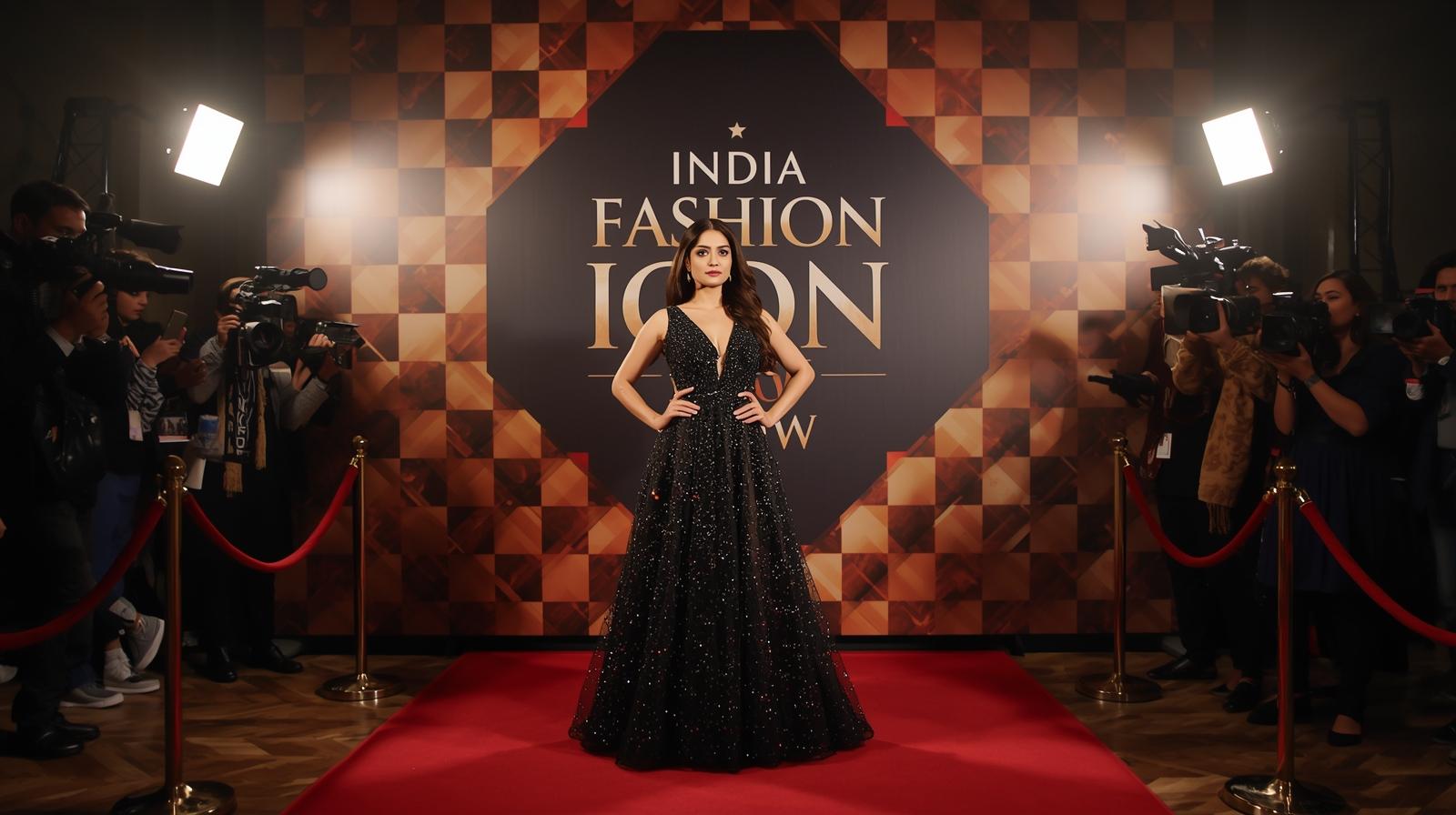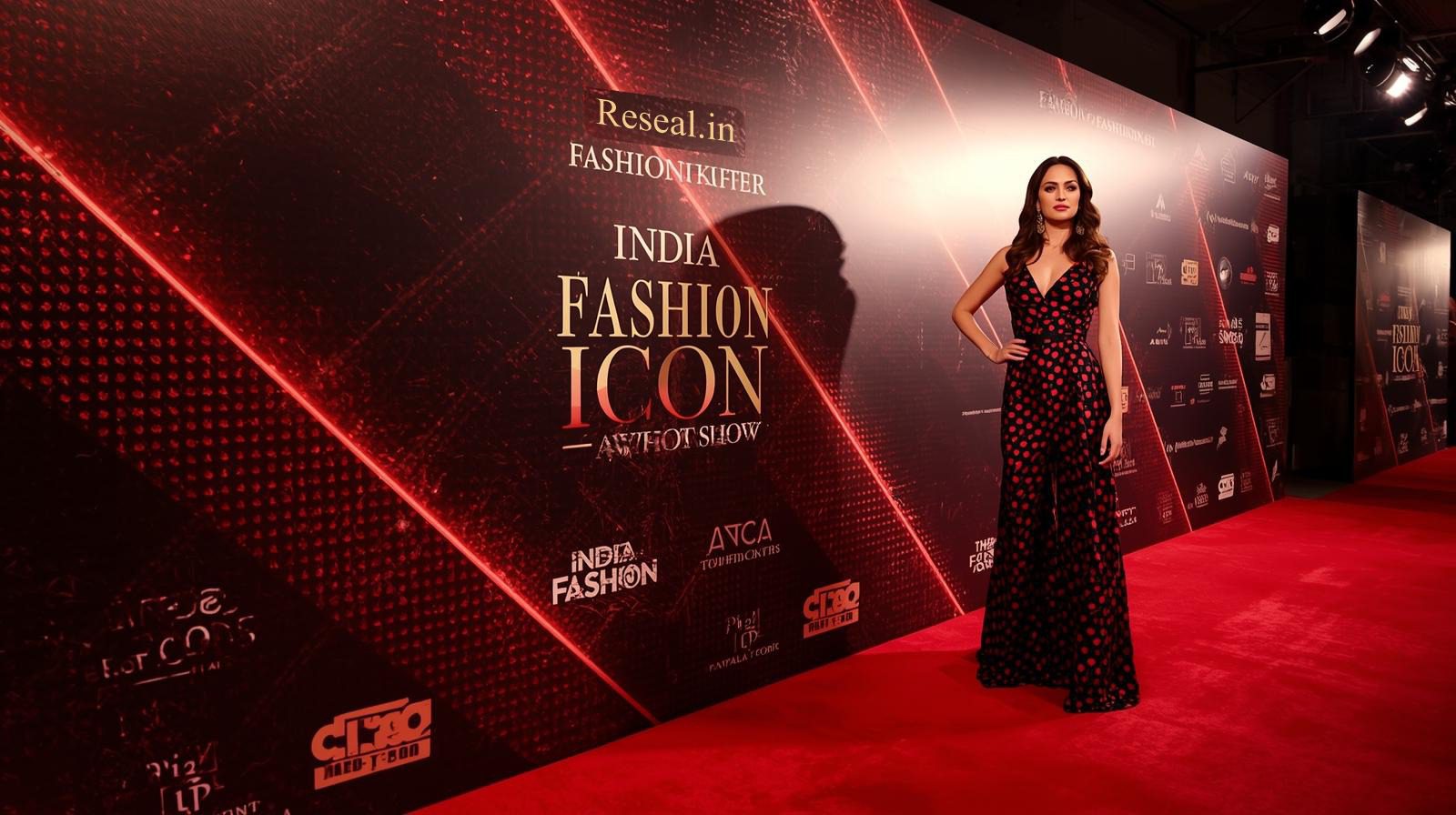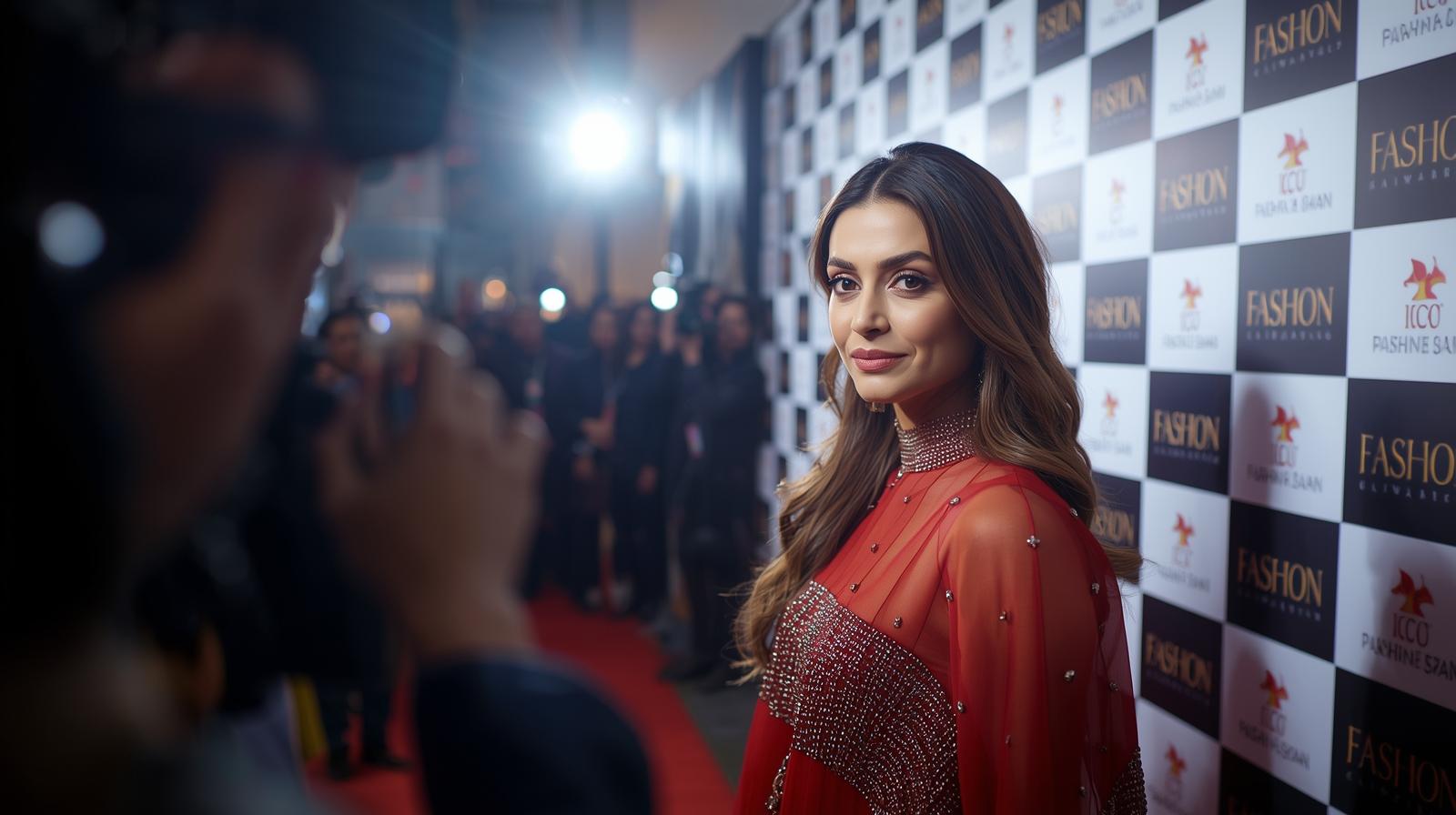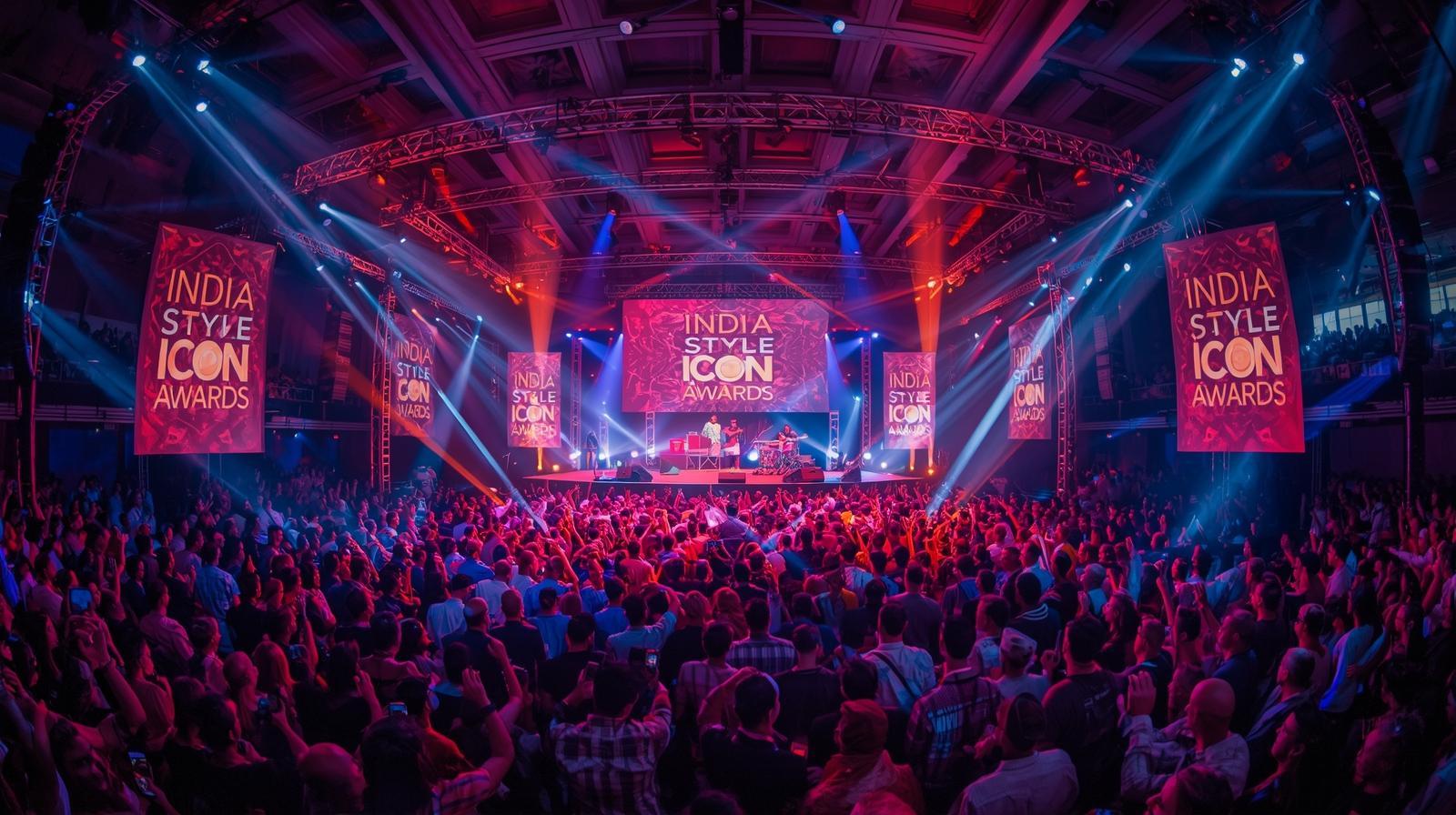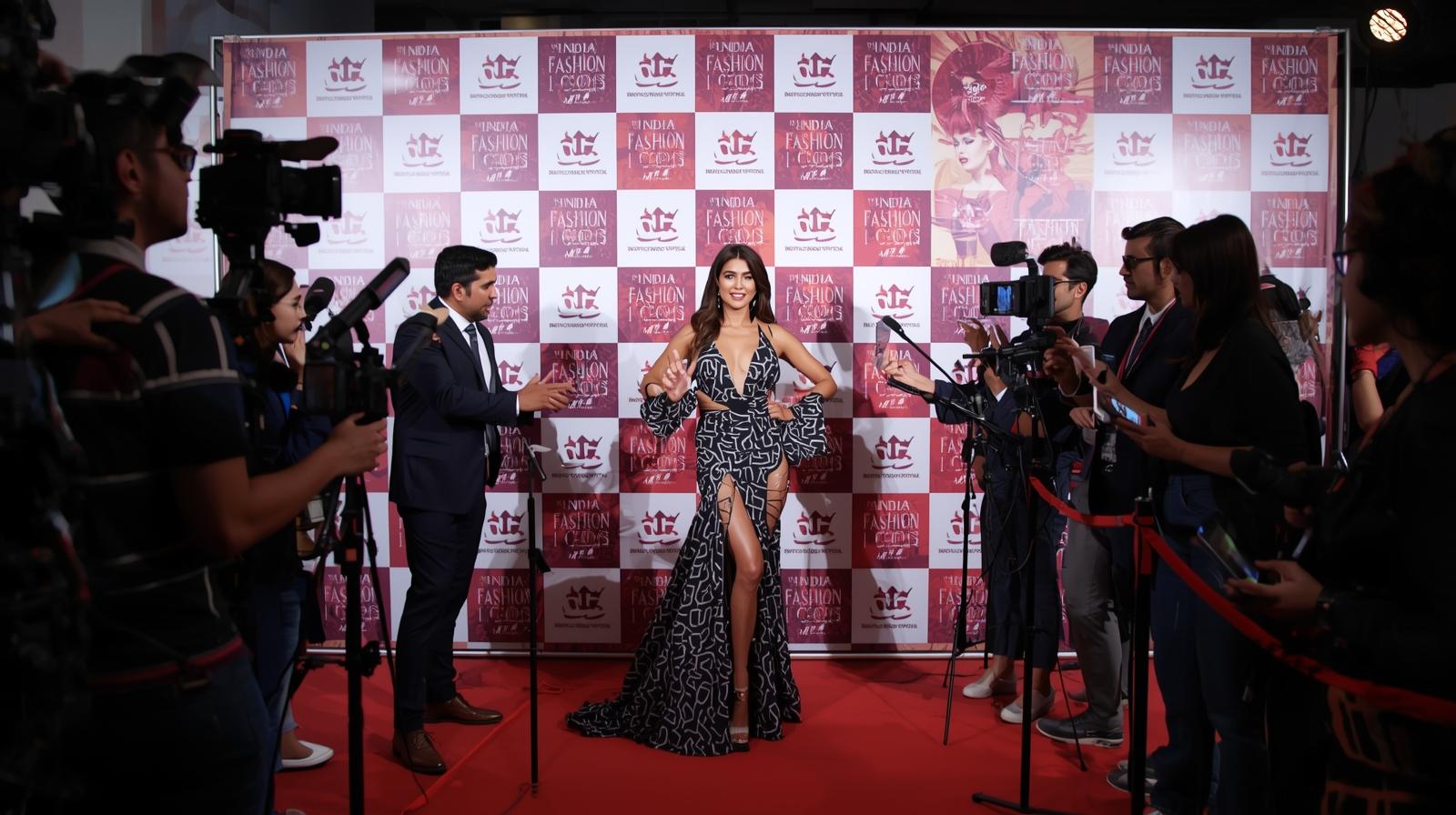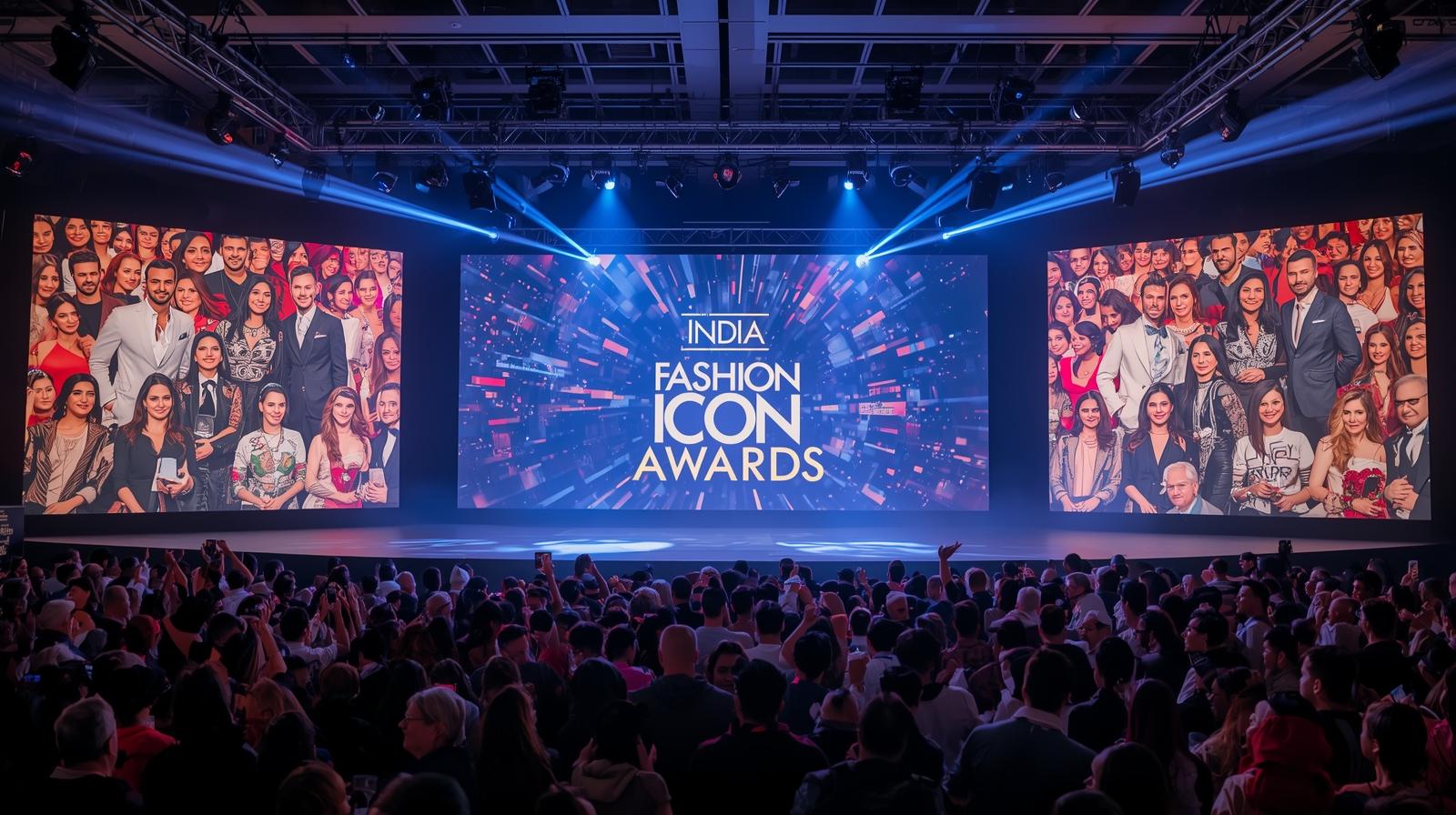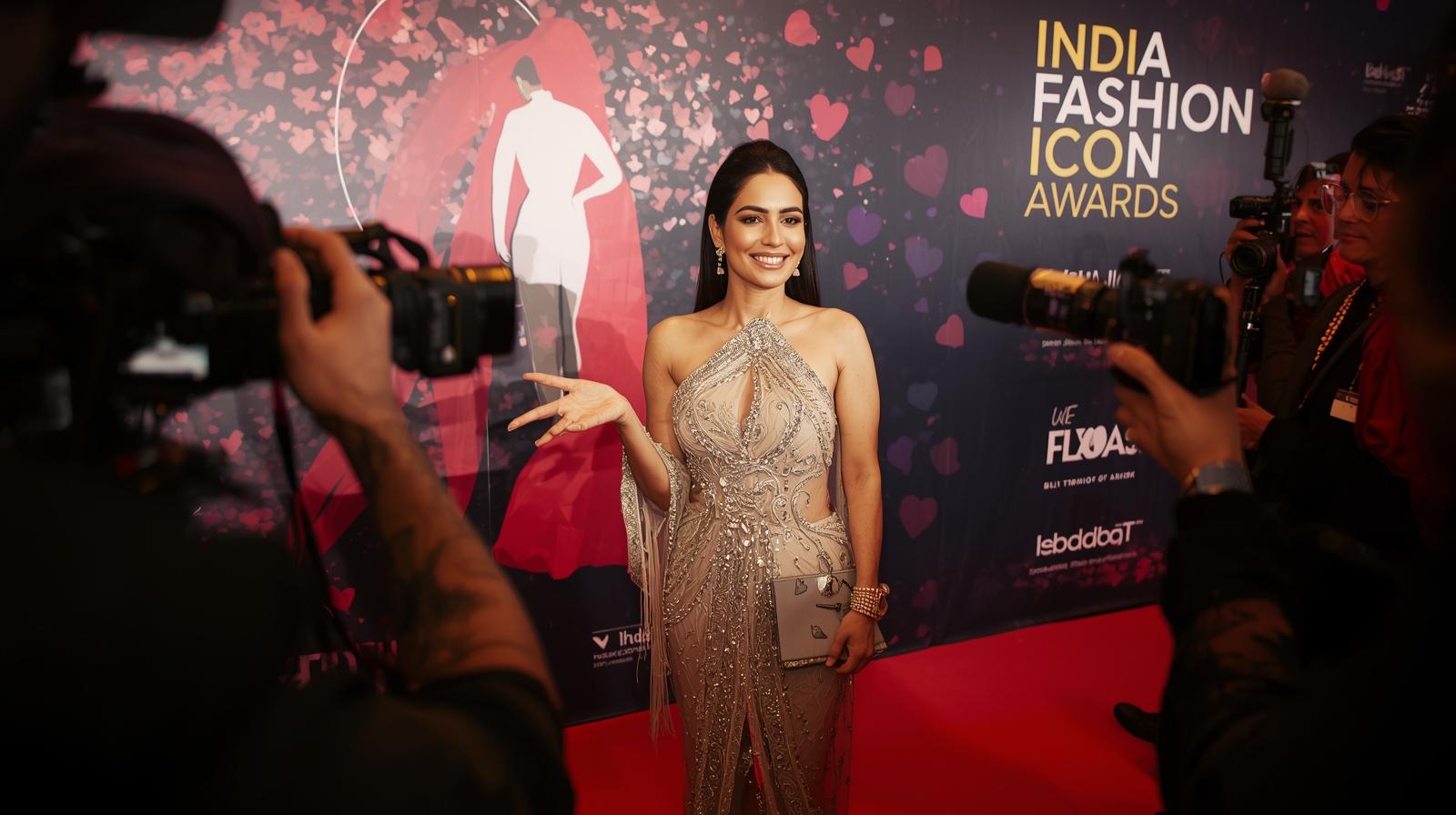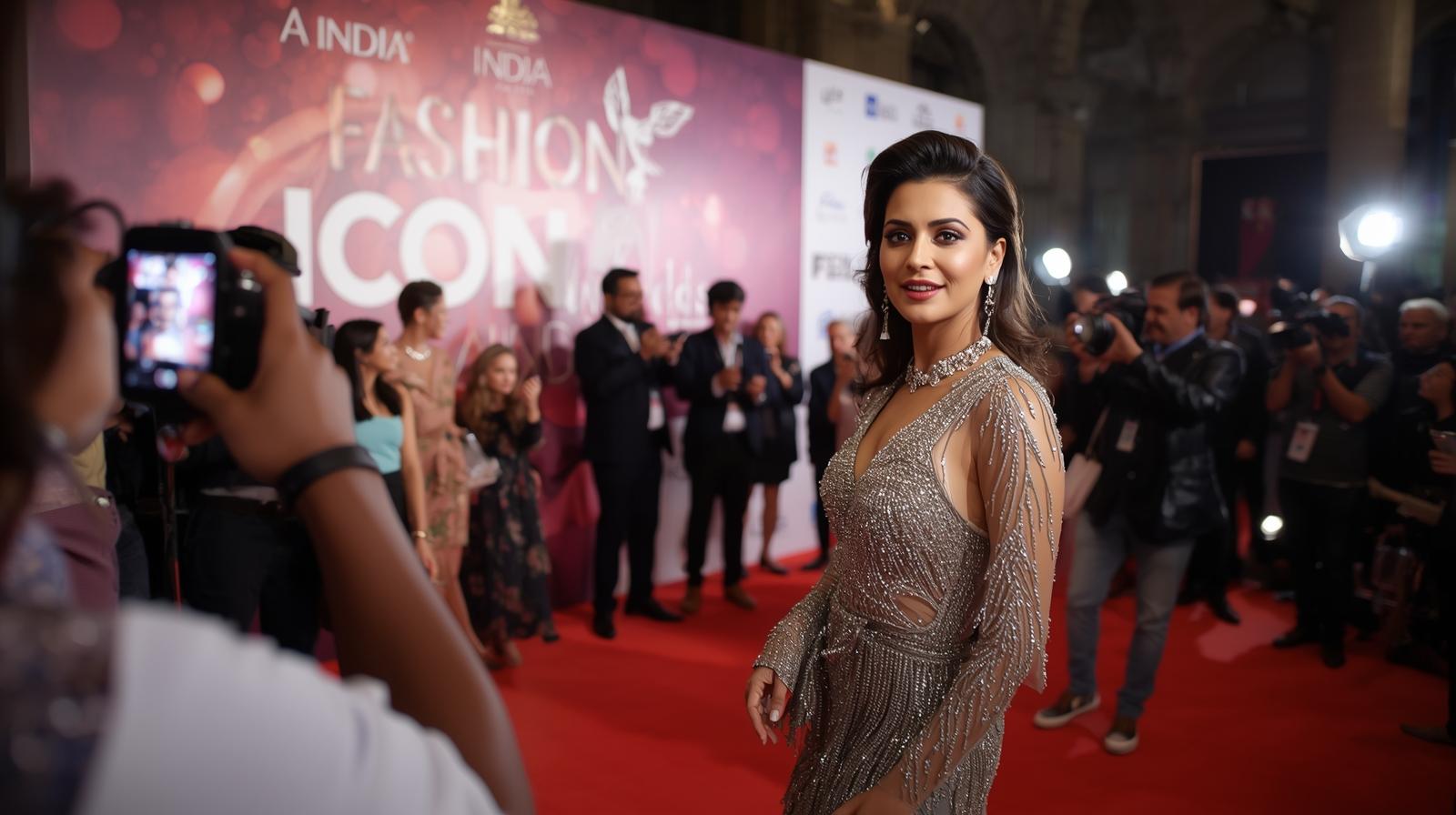Riga Fashion Week 2025: Small Nation, Strong Fashion Identity
The Latvian capital played host to Riga Fashion Week (RFW)—a four-day celebration of creativity and resilience. Against the backdrop of Latvia’s complex history and current geopolitical pressures, local designers used the runway as a platform for free expression and cultural identity.
The collections made it clear: while Latvian fashion is deeply aware of its limitations in scale, it thrives on individuality and craftsmanship.
💡 A Platform Built on Resilience
For 21 years, RFW founder and CEO Elena Strahova has navigated the many hurdles of staging an international fashion event in a small Baltic nation. This year was no exception.
“This season was particularly challenging to organize,” Strahova admitted during the opening dinner on April 8th. Yet, as she wrote in the official catalog: “Despite all the geopolitical challenges, our platform continues to grow, supporting talent and creativity in Latvia and beyond.”
The result: 11 runway shows, 3 presentations, 20 international journalists, and sold-out audiences at iconic Riga venues including Zunda Towers and Hanzas Perons, a repurposed warehouse turned cultural hub.
👗 Premium Positioning in a Small Market
Unlike global fashion capitals—Paris, New York, Tokyo, or London—Riga Fashion Week does not operate within a massive ecosystem of trade fairs, showrooms, or institutional sponsorships. Instead, its focus remains on local clientele and regional markets.
Latvia’s population of under 2 million, combined with Estonia’s 1.5 million and Lithuania’s 3 million, means the Baltic fashion market totals around six million consumers. For this audience, designers presented wearable, premium collections aimed at an affluent, fashion-conscious clientele.
Two standout bridal collections opened the week, a strategic nod to a market segment not bound by seasonal trend cycles but by cultural tradition and steady demand.
🌍 Between History and Modernity
Latvian fashion is uniquely shaped by its past: 51 years of Soviet occupation, a brief interruption during WWII, and now the challenges of EU sanctions that have cut ties with former Russian clientele. The looming shadow of the “Great Russian Empire” adds a political weight to creative expression that Western designers may not feel as keenly.
Here, fashion is both resistance and reinvention—an insistence on celebrating local identity while remaining open to global influence.
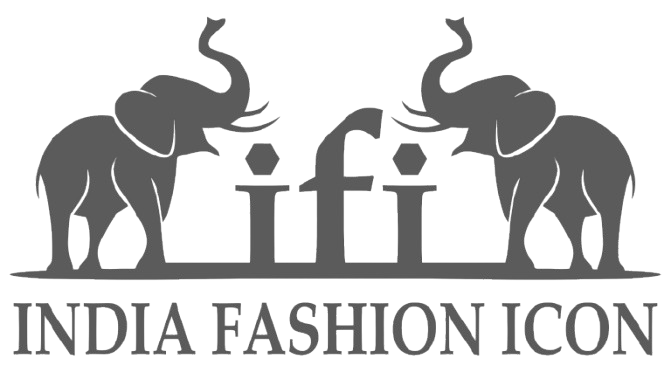
 info@indiafashionicon.com
info@indiafashionicon.com
